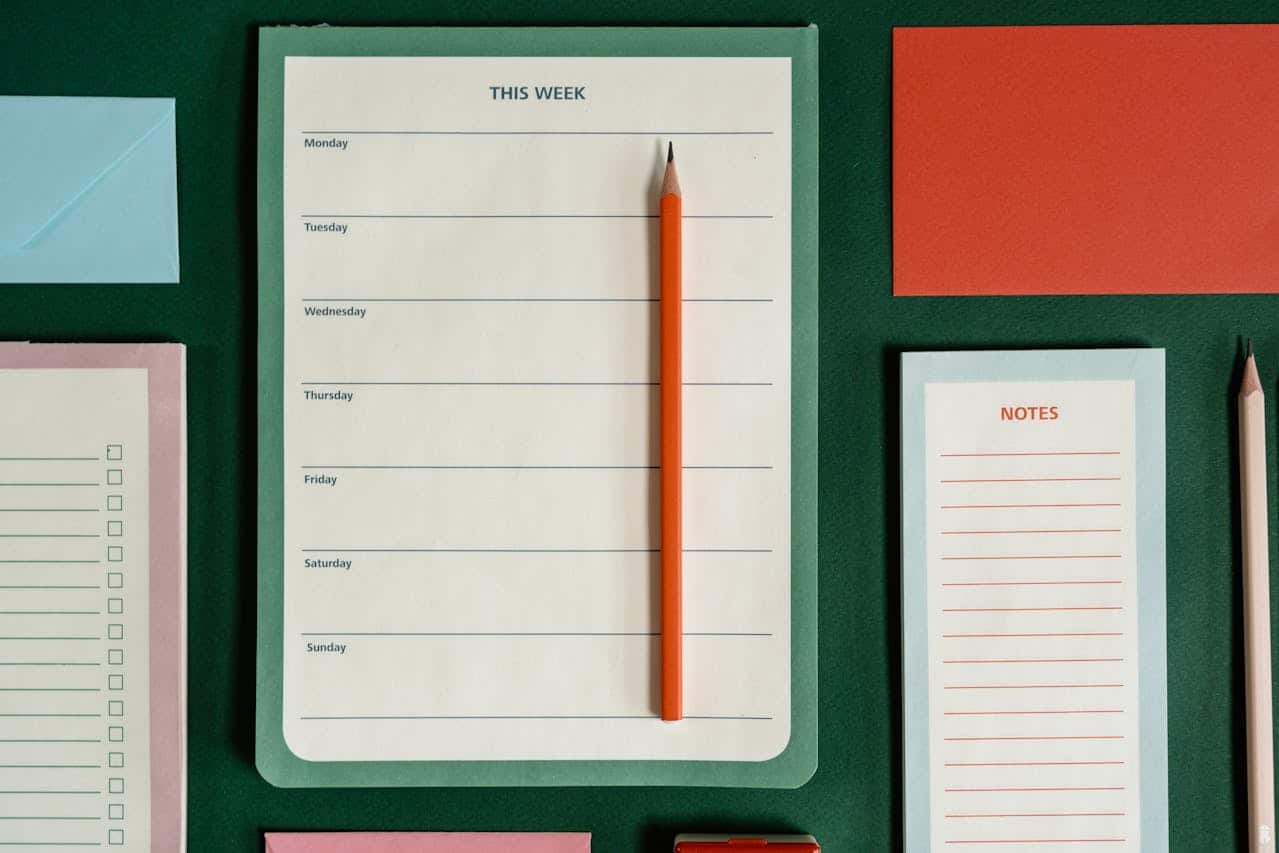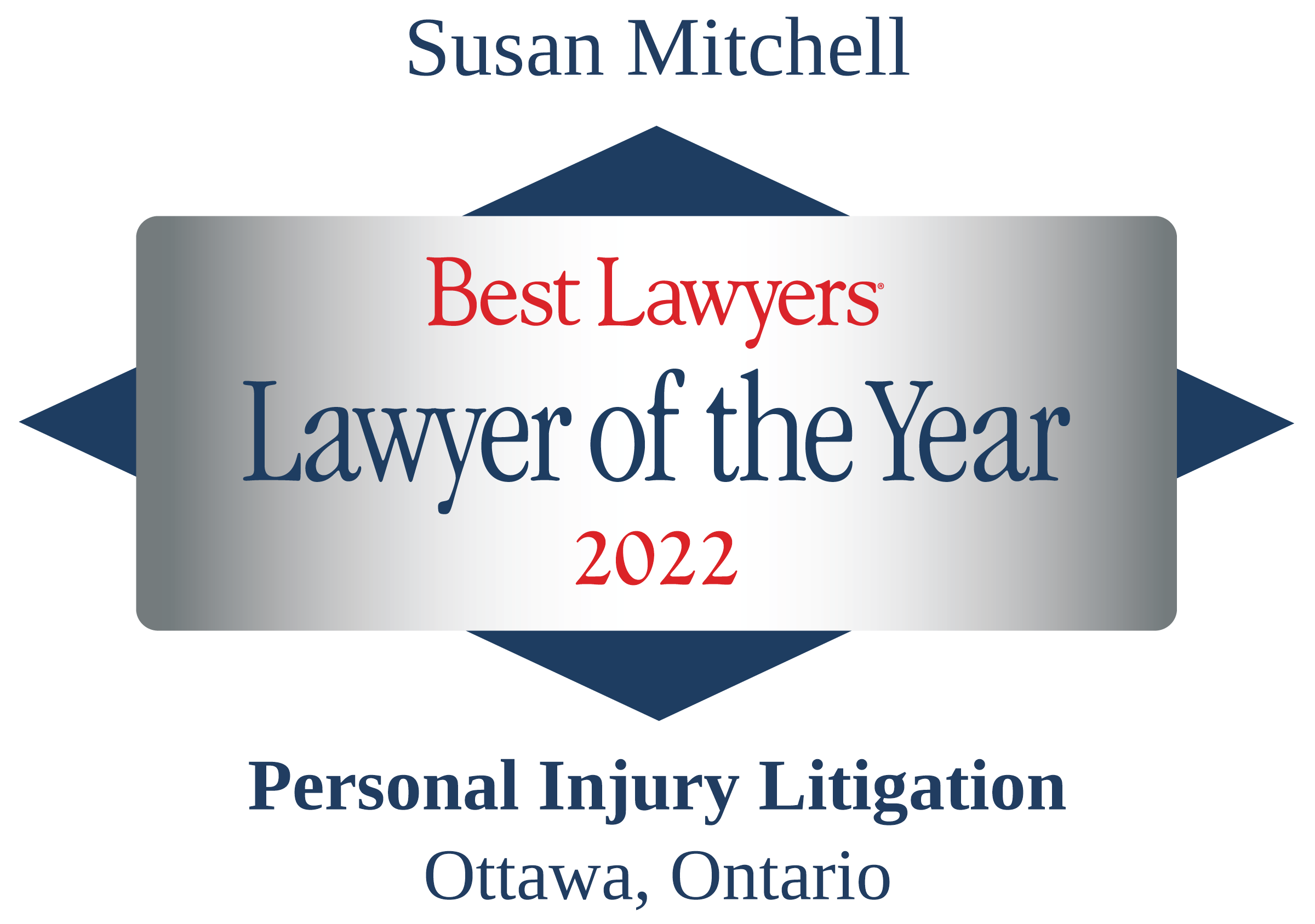There’s no better feeling for many clients than seeing their personal injury case settle. After all, settlement of a personal injury case means that the parties will, in most cases, avoid the time and expense of a full trial and other critical steps often needed to see a personal injury case through to completion.
However, many clients aren’t as familiar with the steps that come after the parties agree on a settlement—and, of course, there are steps that the parties will need to follow to ensure settlement funds can be distributed and claims can be closed. In this blog post, we’ll briefly introduce personal injury settlements and the types of procedures that need to happen once the parties reach an agreement.
Remember that the steps required to finalize a settlement can vary based on different factors, and the information below is meant to provide general information only. To help understand the steps required following a personal injury settlement in your unique situation, be sure to speak with an experienced personal injury lawyer for guidance.
When Does Settlement Happen in a Personal Injury Case?
Settlement can happen anytime during a personal injury claim‚ from early on in the case to midway through the trial. There are no restrictions on when a settlement can happen if the court has not already rendered a judgment on the same matter.
“Settlement” refers to circumstances where the parties (i.e., the victim in a personal injury action and the defendant, or their insurer) come to an agreement on their issues, ending a dispute before the end of a trial. In the personal injury context, this usually means that the defendant or their insurer has agreed to pay the victim an amount that is acceptable to them to compensate for the injuries and losses they suffered because of the accident.
When is it “Right” to Settle a Personal Injury Case?
Many personal injury victims wonder when they will be able to settle their personal injury claims. The answer, as is often the case, is that it depends. In an ideal scenario, the plaintiff will have fully recovered from their injuries and have returned to normal life before their case settles, as this allows the plaintiff and their lawyer to easily quantify the impact of their injuries and losses on their life without having to worry about the possibility of ongoing or future issues.
However, personal injury cases often don’t play out this way. When settlement seems appropriate, the plaintiff may suffer from ongoing symptoms or require further treatment. What helps, in these cases, is evidence. For example, the plaintiff’s personal injury lawyer may be able to rely on medical evidence or expert reports that bring clarity to what the plaintiff’s ongoing treatment might look like (including how long the treatment will last and what expenses might be required) and use that information when negotiating a settlement for the plaintiff.
To reiterate, determining when it might be right to settle a personal injury case is highly circumstantial and depends on the plaintiff’s condition, available evidence, stage of the litigation process, and other factors.
Negotiating the Terms of a Personal Injury Settlement
At the end of the day, the plaintiff has the final say in whether to accept or reject a settlement offer or counteroffer from the defendant or their insurer. The plaintiff’s personal injury lawyer will present them with offers and counteroffers received from the opposing party before the plaintiff decides whether they want to settle according to the present terms.
When negotiating the terms of a personal injury settlement, much focus will go on the settlement amount. However, remember that other terms may be relevant to the parties, such as the plaintiff signing a release, how the plaintiff will receive their settlement and other factors.
Signing Documents Following a Personal Injury Settlement
After the parties reach a personal injury settlement, the plaintiff will need to sign a number of documents. Depending on the circumstances, this signing process will likely involve some or all of the following documents:
- Minutes of Settlement: The Minutes of Settlement outline the terms under which the parties have agreed to settle.
- Authorization to Settle: An Authorization to Settle confirms that the plaintiff is giving the lawyer authority to settle the case in accordance with the terms they have discussed. This document will also cover additional terms, like how much money the plaintiff will receive once their lawyer’s fees and expenses have been paid.
- Release: The defendant will typically require that the plaintiff sign a Release as a condition of settlement. This document essentially states that the plaintiff will not bring another claim against the defendant for any losses arising from the same accident in exchange for accepting a settlement. Depending on the circumstances, this document may address other issues, such as confidentiality or acknowledgment of liability.
Payment of Funds Following a Personal Injury Settlement
Once the parties have signed and exchanged the settlement documents, the defendant or their insurer will transfer the plaintiff’s funds to the plaintiff’s personal injury lawyer. The lawyer will hold the funds “in trust” for the plaintiff, first deducting their fees and additional disbursements and expenses to which the plaintiff’s lawyer is entitled.
To receive the personal injury settlement funds, the plaintiff must attend their lawyer’s office and present a photo ID to “verify” their identity (a requirement under the Law Society of Ontario’s Rules of Professional Conduct).
What Happens if the Defendant Won’t Pay?
As defendants are often covered by insurance in relation to personal injury claims, the payment process is typically straightforward. However, in rare situations, you may run into a situation where a defendant agrees to settle, exchanges the appropriate documents, and then – for whatever reason – cannot or will not pay the personal injury settlement funds.
In such cases, the plaintiff’s personal injury lawyer can bring a motion to court to enforce the settlement agreement. In these situations, there are different tools available to enforce payment.
Other Considerations for Personal Injury Settlements
Remember: once a personal injury claim settles, the settlement is final. This means that if, down the line, you have to miss more work due to your injuries or underestimate the full impact of your injuries, you can’t go back to the defendant or their insurer to ask for more money. Deciding whether to settle a personal injury claim is complex and should not be taken lightly.
If the time is right, however, settling a personal injury claim can be a win-win for the parties, as it allows them to resolve their issues on their terms, without the need for a lengthy court trial and the uncertainty of a trial judgment. For more information on whether a personal injury settlement might be right for your claim, speak with an experienced personal injury lawyer today.
Experienced Personal Injury Lawyers in Ottawa, Kingston, Cornwall & North Bay
Deciding whether to settle a personal injury case can be a challenging exercise. That’s why working with an experienced personal injury lawyer is critical to ensure you make the best decision for your claim.
At Tierney Stauffer LLP, we recognize that no two accidents or accident injuries are the same, so we provide each client with the personal guidance they need to find the best possible resolution for their claim.
From client intake to personal injury settlement, we provide expert, comprehensive support for personal injury claimants. We are a large team across many convenient locations and can assist with various personal injury claims. To discuss your claim with an experienced personal injury lawyer, call us at 1-888-799-8057 or contact us online for a free consultation.


